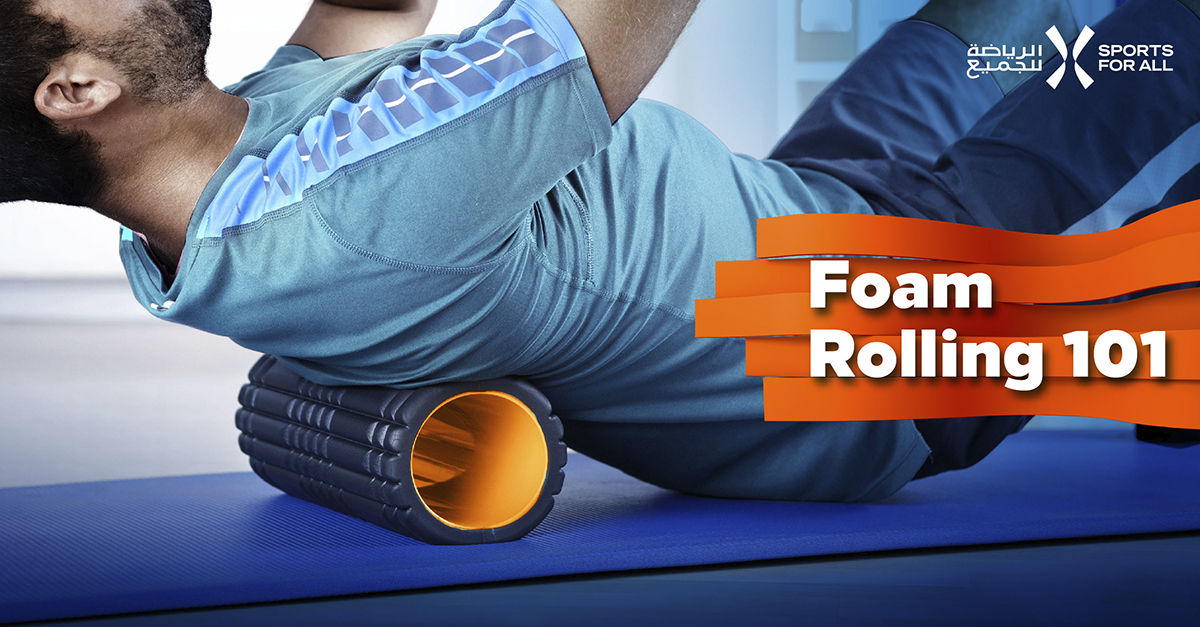Everything You Need to Know to Get Rolling
Foam rollers are mysterious things. They’re seemingly innocuous things – how painful can using something that looks like an oversized foam cylinder be? And yet it only takes one use to realise there are parts of your muscles that you didn’t even know you had. So, how can such a simple contraption get so deep and what exactly does it do?
The short answer is that using a foam roller is a bit like giving your muscles a much-needed deep massage, addressing issues with joint pain and mobility. The reason why it hurts (but you don’t stop) is because it doesn’t just work on your muscles, it also gets right the to the fascia – the tissue that holds your muscles together and supports your entire body.
It turns out that foam rolling offers quite a few benefits as well, though it should be noted from the outset that studies into foam rolling have been conducted on small test groups and its generally accepted that more research is still required.
It improves your range of motion, mobility, and muscular performance
Our mobility becomes compromised when the muscles and fascia shorten, causing ‘knots.’ The shortened muscles will impact mobility while the knots in the muscles and fascia can cause ongoing pain. Foam rolling helps by working on the muscles to break down the scar tissue in the knots, allowing the muscles to stretch out again and return to normal. It stands to reason that properly working muscles will also improve your overall performance.
It relieves muscular soreness and speeds up recovery
Everyone has, at some point, overdone it on the exercise which can lead to injury, fatigue and the aforementioned muscle shortening. Another benefit of foam rolling is that it helps to increase the flow of blood to the muscles and providing a greater boost of oxygen and nutrients, while preventing an overproduction of lactic acid – which happens when the body is low on oxygen, and it needs to convert glucose into energy which can result in muscle pain, cramps, and muscular fatigue – and helping to prevent any further injury.
It improves posture and addresses muscle imbalances
Our bodies want to be in a state of natural equilibrium and balance but factors like bad posture, gravity, and external factors like carrying heavy bags on one shoulder put unnecessary strain on our bodies. Simply working to restore mobility and helping to improve muscular function and recovery will facilitate muscle imbalances and incorrect posture, alleviating the pain and discomfort associated with these.
Thankfully, foam rolling is easy, with many great how-to videos available on YouTube that show you how to do it safely.
Some tips before starting:
- Never roll on a joint
- Try to stay relaxed while rolling to avoid cramps
- Roll each target area for about one or two minutes
- If you hit a tight spot, try hold it for about 30 seconds
- If an area is too painful to roll on, shift the roller to the surrounding area to loosen the tight spot
- Once you’re done, do some gentle stretching
Remember, foam rolling doesn’t have to be a timeous addition to your routine, but with regular use and practice you should soon see a marked improvement in your overall performance.
Healthy Living is a frequently updated content section brought to you by the Saudi Sports for All Federation. In the spirit of supporting our #HealthyActiveCommunity, we’re sharing tips around wellness, physical activity and more!













